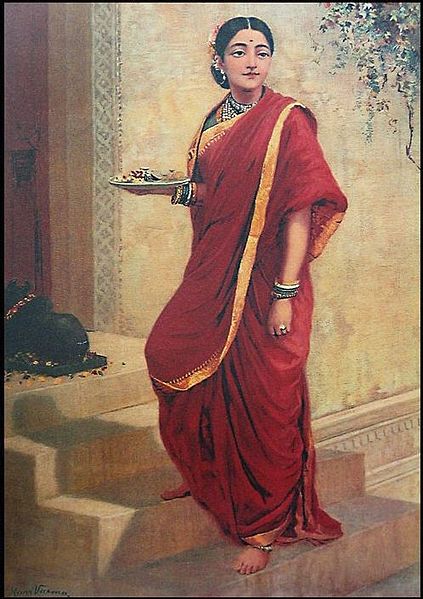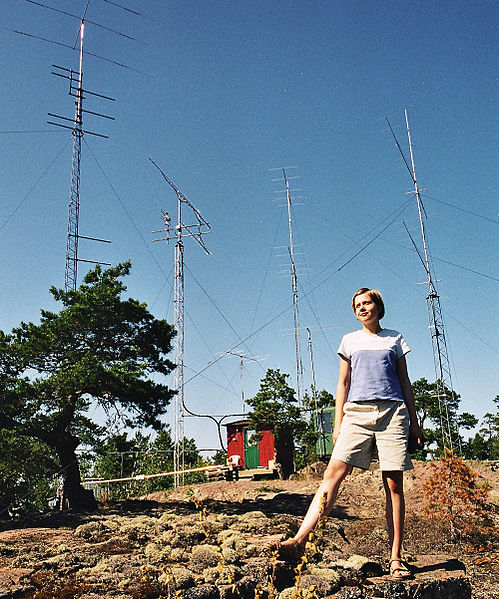A waistcoat or vest is a sleeveless upper-body garment. It is usually worn over a dress shirt and necktie and below a coat as a part of most men's formal wear. It is also sported as the third piece in the traditional three-piece male suit. Any given waistcoat can be simple or ornate, or for leisure or luxury. Historically, the waistcoat can be worn either in the place of, or underneath, a larger coat, dependent upon the weather, wearer, and setting.
A traditional waistcoat, to be worn with a two-piece suit or separate jacket and trousers
A young man wearing a modern waistcoat
Woman wearing a modern denim waistcoat.
Man wearing waistcoat without shirt
Clothing is any item worn on the body. Typically, clothing is made of fabrics or textiles, but over time it has included garments made from animal skin and other thin sheets of materials and natural products found in the environment, put together. The wearing of clothing is mostly restricted to human beings and is a feature of all human societies. The amount and type of clothing worn depends on gender, body type, social factors, and geographic considerations. Garments cover the body, footwear covers the feet, gloves cover the hands, while hats and headgear cover the head, and underwear covers the private parts.
Clothing in history, showing (from top) Egyptians, Ancient Greeks, Romans; Byzantines, Franks; and thirteenth through fifteenth century Europeans
A kanga, worn throughout the African Great Lakes region
Hindu lady wearing sari, one of the most ancient and popular pieces of clothing in the Indian subcontinent, painting by Raja Ravi Varma
A young woman wearing t-shirt and shorts at the warm summer in Åland








